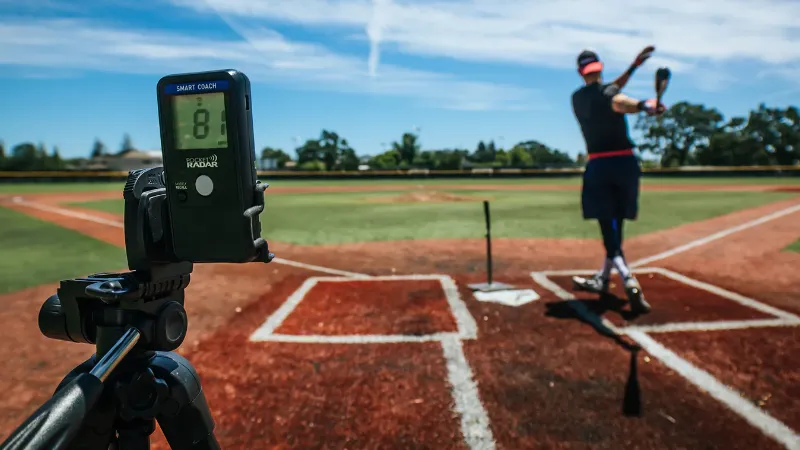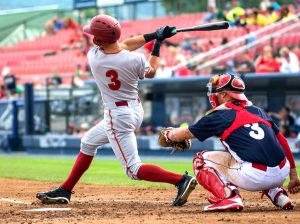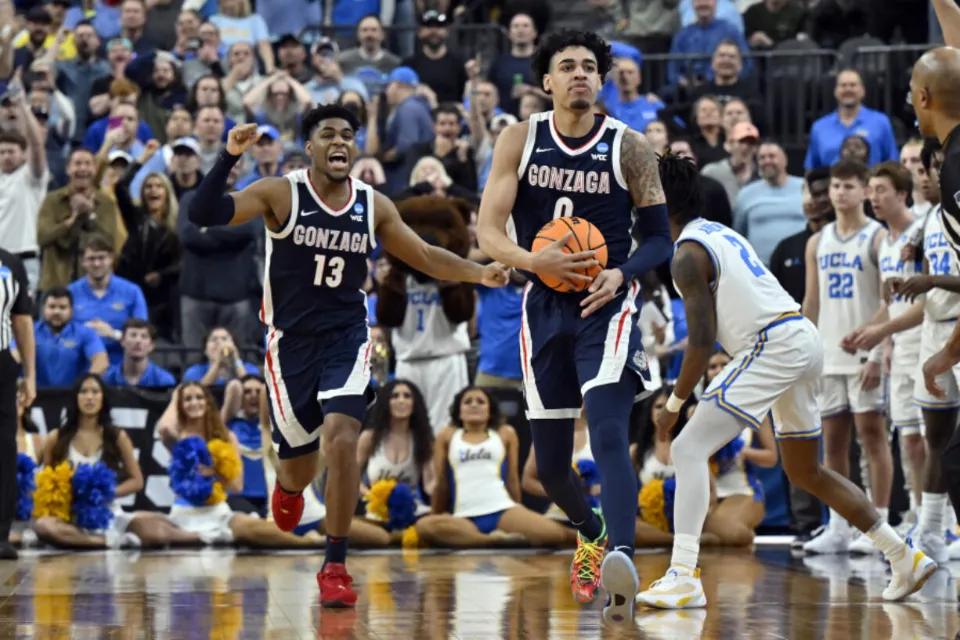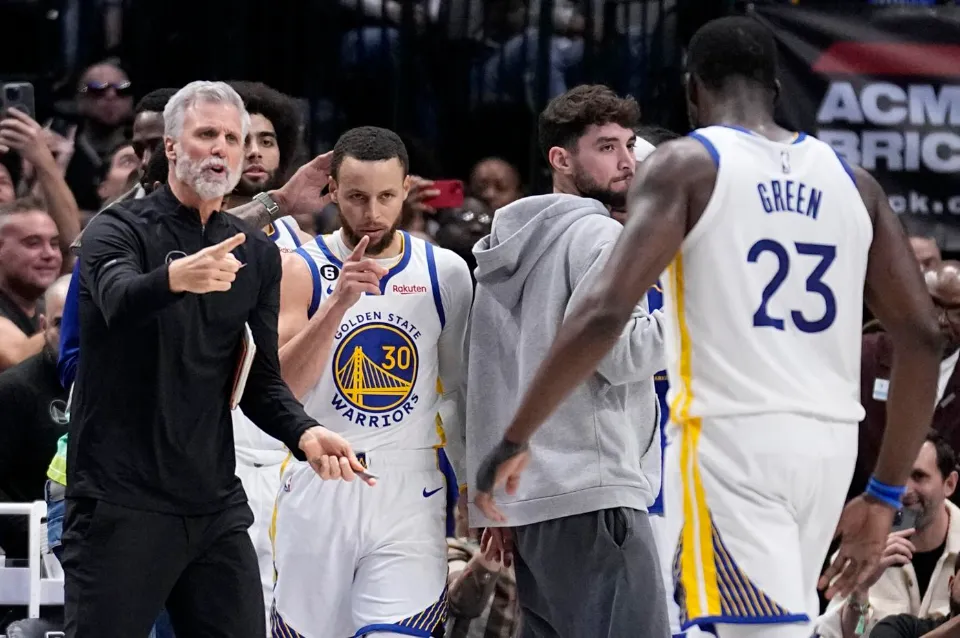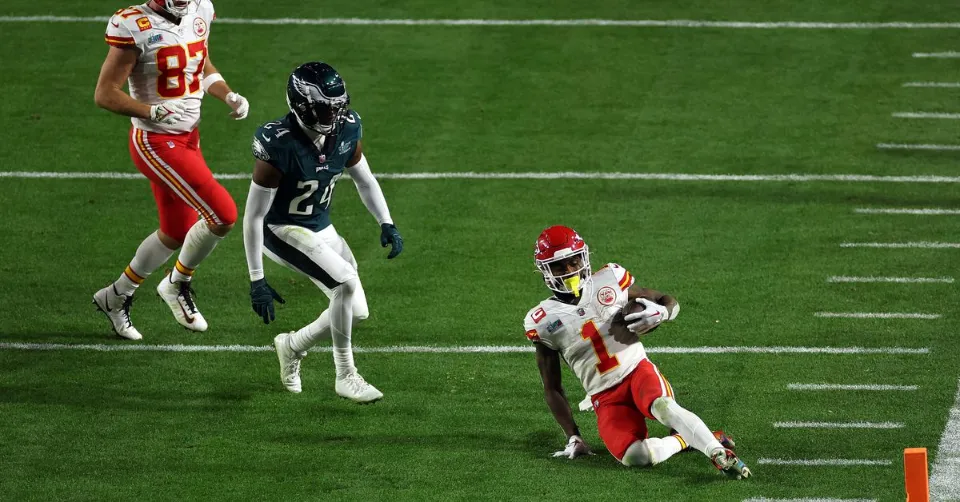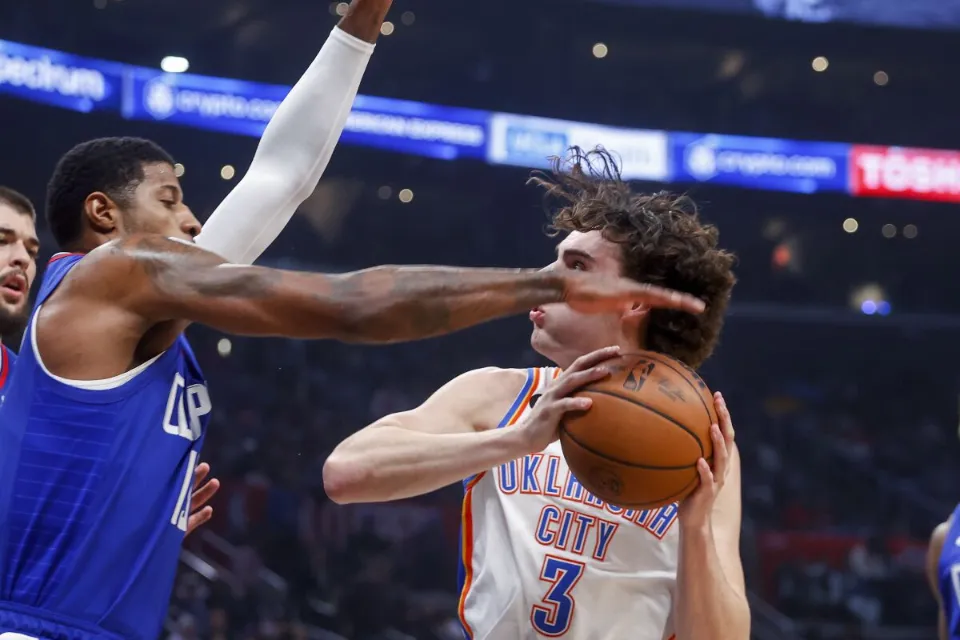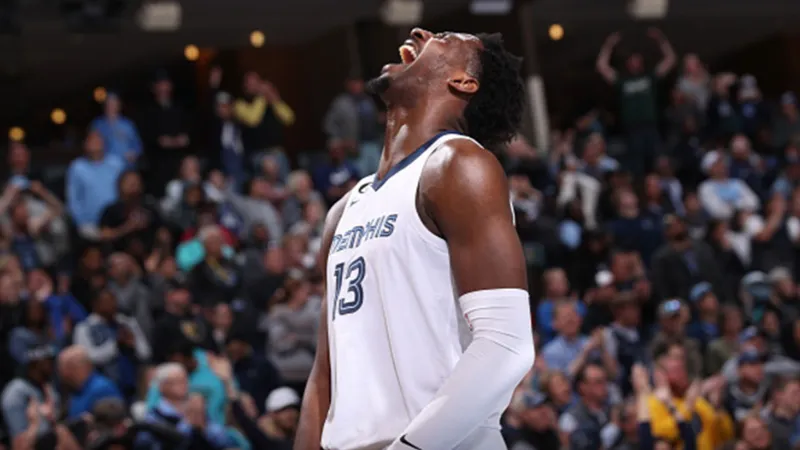What is a Drive in Football? Frequently Answered
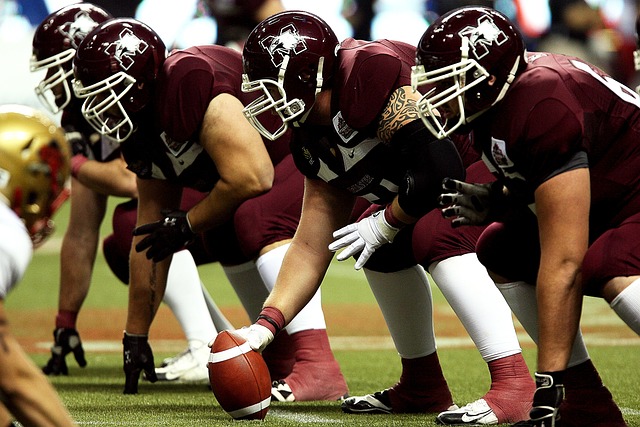
When the offense has the football, a series of plays are referred to as a drive. When a team gains control of the ball and enters the field with their offense, a drive begins. When a team scores, punts, or loses control of the ball, a drive is over.
Is there anything more thrilling than a long drive to a touchdown when your football team is down by four points? Planning, talent, and occasionally a little bit of luck are all necessary for a successful scoring drive.
Table of Contents
What is a Drive in Football?
A drive in football is a word used to describe what a team’s offense does with the football while it is in their possession and the series of plays that follow their gaining possession of the ball. Plays, scores, turnovers, time in possession, and yards gained or lost are all included.
Overview & Purpose of the Concept
The drive concept creates a natural “triangle read” for the QB, and does an excellent job of emphasizing LB caliber players in coverage. This idea can serve a variety of purposes for an offense by being flexible enough to be used as both the primary read and secondary read within offensive play design.
This idea is very comparable to the shallow cross idea, which includes short and medium depth crossing routes that emerge from opposing sides of the formation. However, this time they are coming from the same side, and the tight end route is intended to give the defender following the underneath route an extra rub.
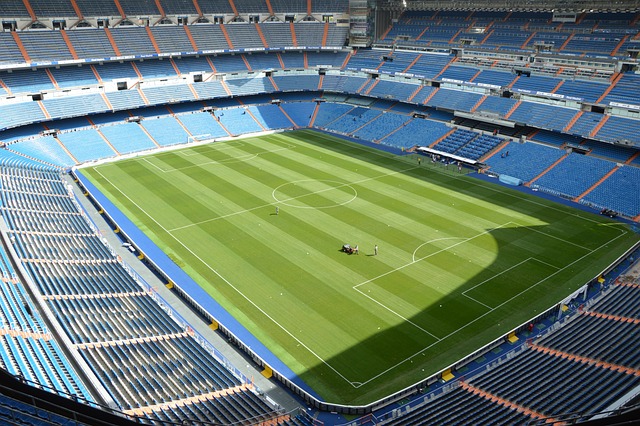
Coverages It Does Well Against
Man- In this scenario, the offense benefits because the TE and slot receiver continue to move, making it difficult for LB level players to keep up.
Cover 4- The field safety is put in a difficult position by the basic-post combination in this scenario even though the post is not the primary focus of the play design. Giving the Z receiver a chance down the field has the potential for a big play if the QB notices a low safety honoring the TE.
If not, the X and Z receivers’ routes will probably draw in two defenders, giving the quarterback the advantage of numbers as he switches to the drive combination.
Coverages It Doesn’t Do Well Against
Cover 2 and Cover 3- Both of these coverages introduce 4 or 5 “low” players defending the underneath portions of the field. As they try to open up for the QB in this scenario, the RB, TE, and slot WR all become outnumbered. Both the slot and TE will attempt to sit their routes down, as we have discussed, but it will be much more challenging to produce big plays in these situations.
You might want to take a look at something like the four verts concept or even the mesh concept, which is made to have solutions for heavy underneath zone, if you’re looking for a better way to attack cover 3.
What Happens in a Drive?
The offense’s main objective is to score a touchdown during a drive. Anytime the offensive team scores or loses the ball, the drive is over.
Start a Drive
Simply waiting for the offense to enter the field will signal the beginning of a drive. A drive is about to start whenever you see the offense jogging onto the field.
Kick and punt returns do not count as part of a drive. Additionally, it excludes the yards gained from a fumble recovery or an interception return.
When the offense enters the field, only the yards they have gained are counted.
End a Drive
We can now break down the various ways an offensive possession can end since we know how they begin.
Touchdown/Field Goal
A drive should ideally end with a touchdown. Points are awarded to the offensive team when they are successful in bringing the ball into the end zone or kicking it through the uprights.
Once you reach a certain number of points, the drive is over, and the other team will receive the ball via a kickoff.
Turnovers
The drive resumes where the ball is recovered and as the officials call the play dead if a drive ends in a turnover, whether it was a turnover on down, an interception, a punt, or a fumble. The drive ends with a touchdown if the turnover involves the defending team returning the play for a score.
Failed Fourth Down
A fourth-down attempt that ends in a turnover on downs occurs when a team fails to gain the necessary yardage.
The offensive team will have to turn the ball over to the opposing team because they were unable to accumulate the necessary yards in their four attempts.
Punt
Another of the most popular methods in football for ending a drive is to punt. Teams won’t always attempt to go for the first down on fourth down.
Many teams will decide to punt the ball instead, as you will discover.
Despite the fact that the drive ends a play earlier, the opponent’s end zone is much closer after this than it would be after a failed fourth-down attempt.
The Longest Drive
The longest drive in history occurred between Navy and New Mexico in the 2004 Emerald Bowl. The shortest drive in history occurs frequently when a team either scores or turns the ball over on the first play of a drive. The drive lasted 26 plays and consumed more than 14 minutes, but the Navy could only manage three points by settling for a 22-yard field goal.
NFL’s Longest Drive in Recent History
In a 2011 game against the New York Jets, the Miami Dolphins traveled 94 yards on 21 plays in a drive that lasted more than 12 minutes. Before Charles Clay was connected by quarterback Matt Moore for a one-yard touchdown reception on this drive, there were six plays in the end zone. Fans may remember a football drive.
How Football Announcers Talk About Drives
With a seven-play, 75-yard touchdown drive that lasted nearly six minutes, the Patriots advanced down the field.
The Chargers settled for a field goal attempt from 36 yards out to end the drive and take a 17-14 lead.
The Cardinals’ final possession was a waste of their drive.
There are two minutes left in the game, and the Dallas Cowboys are moving down the field.
Read about
